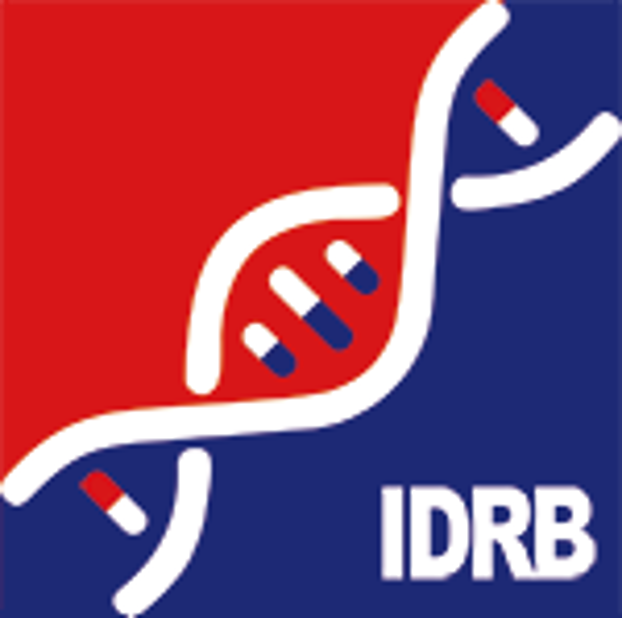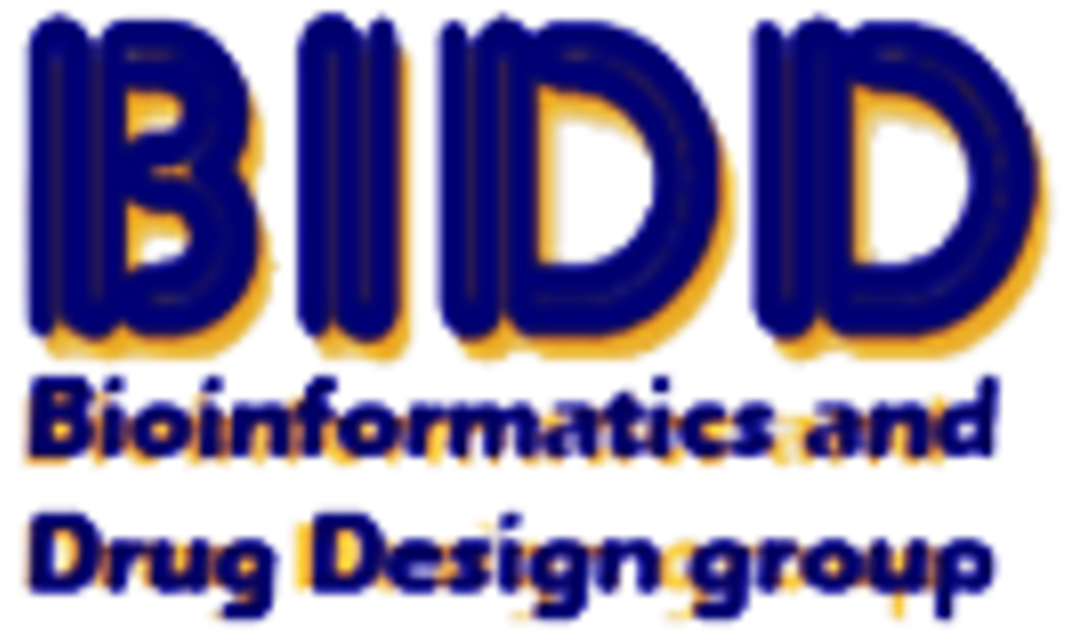| References |
Top |
| REF 1 |
Selective interactions between vertebrate polycomb homologs and the SUV39H1 histone lysine methyltransferase suggest that histone H3-K9 methylation contributes to chromosomal targeting of Polycomb group proteins. Mol Cell Biol. 2002 Aug;22(15):5539-53.
|
| REF 2 |
ncRNA- and Pc2 methylation-dependent gene relocation between nuclear structures mediates gene activation programs. Cell. 2011 Nov 11;147(4):773-88.
|
| REF 3 |
EVI1 recruits the histone methyltransferase SUV39H1 for transcription repression. J Cell Biochem. 2008 Oct 1;105(2):344-52.
|
| REF 4 |
A novel interaction between the proto-oncogene Evi1 and histone methyltransferases, SUV39H1 and G9a. FEBS Lett. 2008 Aug 6;582(18):2761-7.
|
| REF 5 |
SUV39H1 interacts with AML1 and abrogates AML1 transactivity. AML1 is methylated in vivo. Oncogene. 2003 Aug 14;22(34):5229-37.
|
| REF 6 |
RUNX1 associates with histone deacetylases and SUV39H1 to repress transcription. Oncogene. 2006 Sep 21;25(42):5777-86.
|
| REF 7 |
Architecture of the human interactome defines protein communities and disease networks. Nature. 2017 May 25;545(7655):505-509.
|
| REF 8 |
A High-Density Map for Navigating the Human Polycomb Complexome. Cell Rep. 2016 Oct 4;17(2):583-595.
|
| REF 9 |
Towards a proteome-scale map of the human protein-protein interaction network. Nature. 2005 Oct 20;437(7062):1173-8.
|
| REF 10 |
A proteome-scale map of the human interactome network. Cell. 2014 Nov 20;159(5):1212-1226.
|
| REF 11 |
Functional mammalian homologues of the Drosophila PEV-modifier Su(var)3-9 encode centromere-associated proteins which complex with the heterochromatin component M31. EMBO J. 1999 Apr 1;18(7):1923-38.
|

